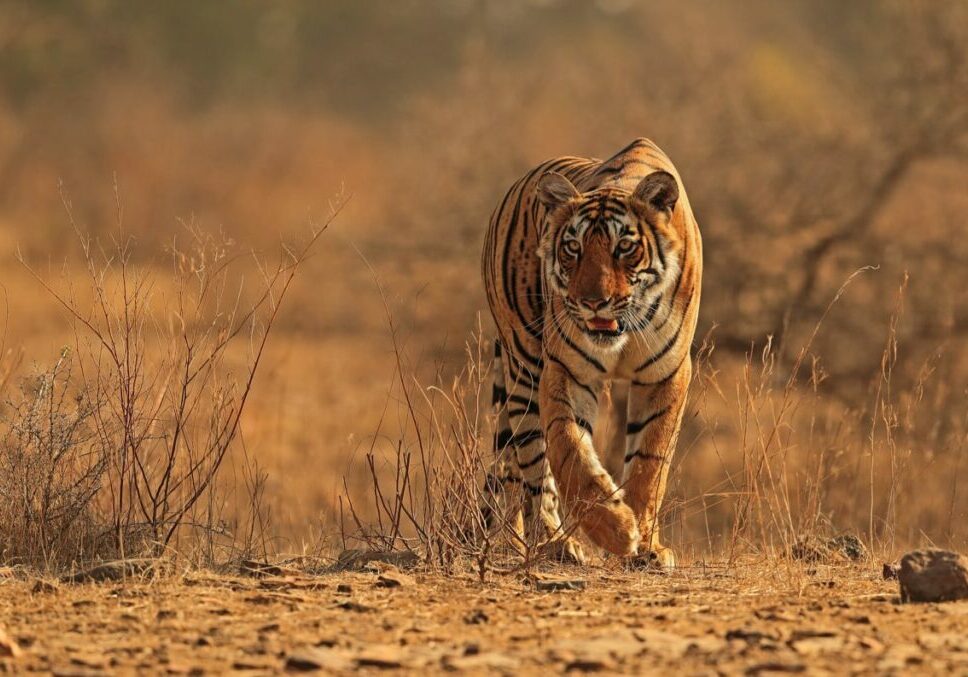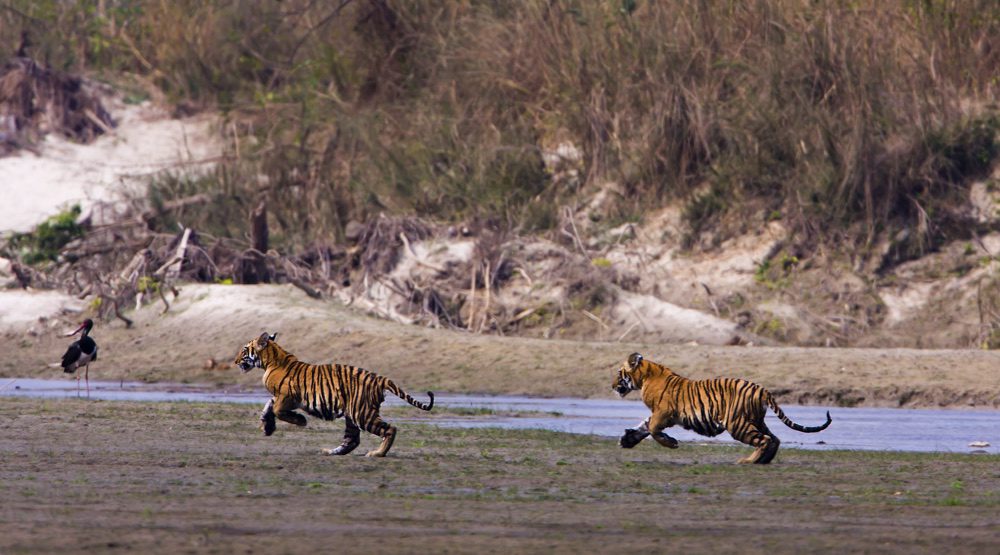
1. Nepal smashes TX2 target
Set in 2010 by the 13 tiger range countries, ‘TX2’ was an ambitious global commitment to double the number of tigers in the wild between the years 2010 and 2022. One country went well beyond its national target. The results of Nepal’s latest tiger survey, announced on Global Tiger Day in July 2022, estimated that there are now 355 individuals in the wild there – almost a threefold increase. An incredible achievement.
2. Global tiger numbers are up
Last year, the IUCN announced that the estimated global population of wild tigers has increased from an all-time low of 3,200 in 2010, to between 3,726 and 5,578 individuals. While this is a little way short of the TX2 target of over 6,000, this positive news gives us hope that tigers can be brought back from the brink of extinction under the right conditions. It’s thanks to your support that we’re able to work towards securing a brighter future for tigers.
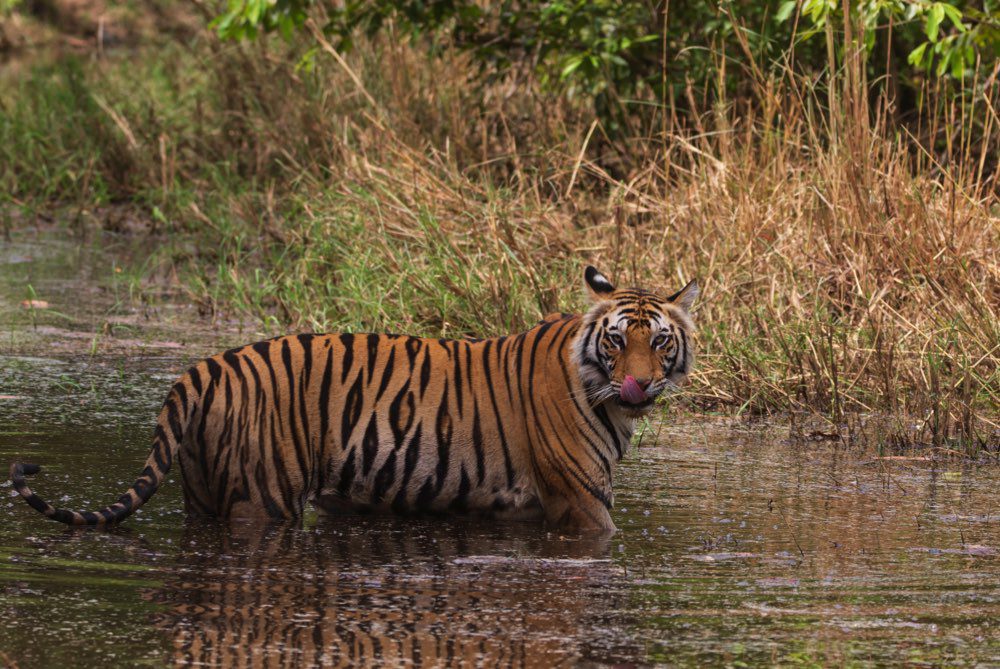
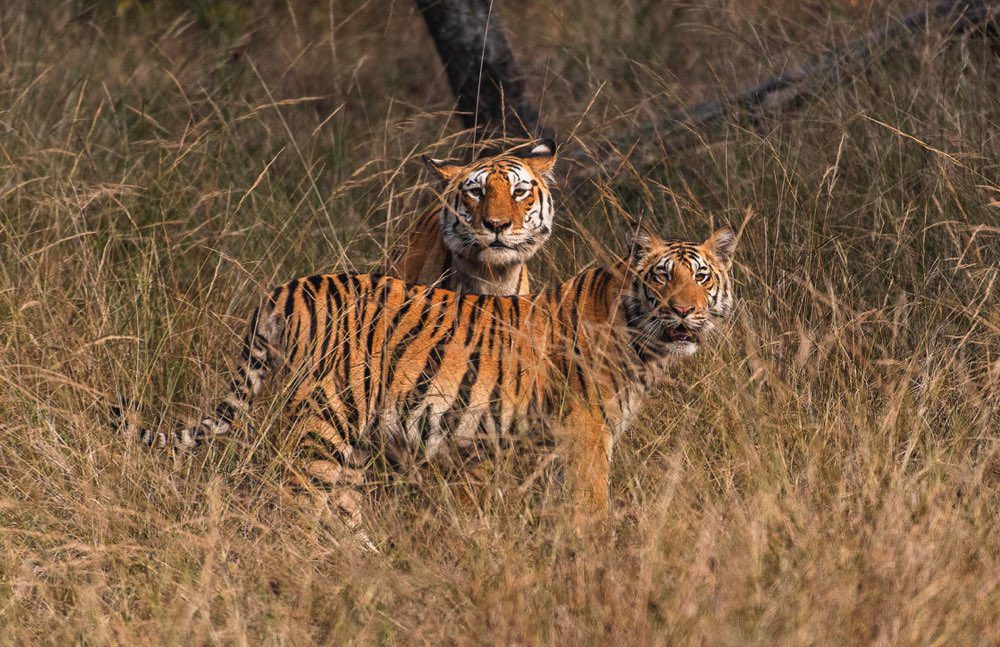
3. Celebrating great conservation
Every year during TX2, together with our partners we presented two awards to recognise the outstanding efforts of sites that made significant progress in tiger conservation. The TX2 Award in 2022 was won by India’s Pench Tiger Reserve for its efforts in doubling wild tiger populations. The reserve, which connects the states of Madhya Pradesh and Maharashtra, worked with local communities to manage human-wildlife conflicts. Meanwhile, the Satpura Tiger Reserve – which lies in the same Central India Tiger Landscape – received the Tiger Conservation Excellence Award.
4. New potential for range expansion
We’re working to help double the number of tigers in the wild – but could the size of the areas where they roam be doubled too? Our 2022 report identified areas that could potentially support tiger populations, which together would increase their range by 1.7 million sq km. Tigers used to roam across most of Asia, but they’re now found in only around 5% of the area they once occupied due to deforestation and other factors. The potential new habitats were mapped out after determining their suitability, which included looking at levels of human disturbance in areas where tigers currently roam.
5. New sighting in Malaysia
Deep within the jungles of Malaysia, the country’s last remaining tigers prowl. With fewer than 150 individuals remaining, tigers here are on the edge of extinction – so imagine the surprise of tiger conservationists working at WWF-Malaysia when they captured this footage of a tigress with her four cubs. This exciting discovery came at a vital moment, as efforts in the country had recently been ramped up, including the launch of a national tiger task force.
6. Living with tigers
Urban sprawl has pushed tigers into isolated islands of habitat and forced people and tigers closer together, with some 46.7 million people now living alongside these big cats. It’s clear that coexistence is key to their survival, both now and far into the future. In 2022, we released the Living with Tigers report, which calls for more – and improved – human-tiger coexistence strategies that give people living with tigers more ownership of, involvement in and benefits from, conservation.
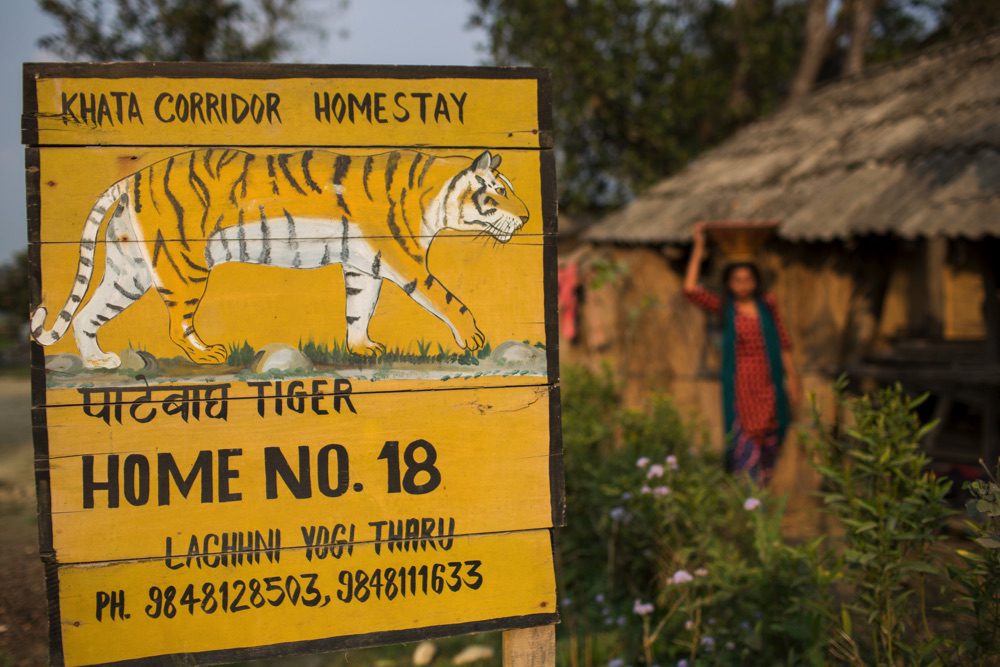

7. Youth action for tigers
In July 2022, young people from across the 13 tiger range countries came together to speak up for tigers at the second International Tiger Youth Summit, hosted by WWF. At the virtual summit, the delegates drafted a declaration that highlights the critical actions that need to be taken by governments, communities and individuals. Today’s young people are the changemakers of tomorrow – we’re hopeful these young tiger protectors will continue to do great things for the big cats.
8. Highlighting threats from snares
Last year, we worked with TRAFFIC – a leading non-governmental organisation that monitors the trade in wild animals and plants – to reveal distressing evidence of snaring cases across seven Asian countries, involving almost 400 tigers and other big cats. Driven by the growing illegal wildlife trade, poachers are using snares to catch wild tigers and other animals that are in high demand. In response to this evidence, we urged governments across the tigers’ range to prioritise a crackdown on the snaring crisis, including imposing tougher laws and more effective patrolling.

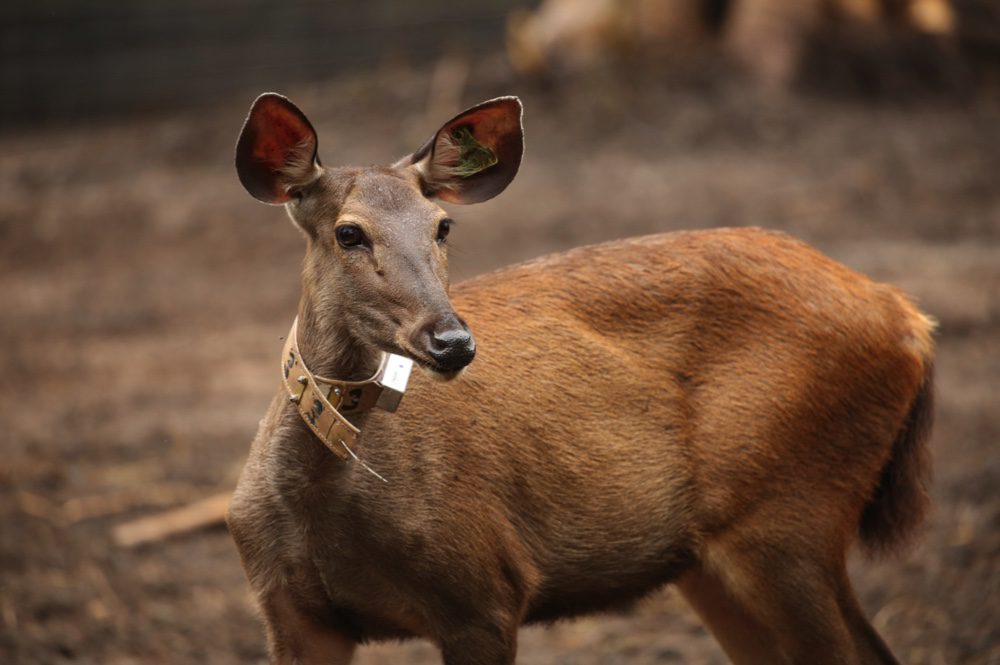
9. Reintroducing sambar deer
With support from WWF and other partners, Thailand’s government released more than 40 sambar deer into Mae Wong National Park during 2022. Sambar deer are ideal prey for tigers, but in many areas their populations are too low to sustain an increase in tiger populations. To ensure the long-term survival of these deer, WWF-Thailand is restoring grasslands and creating artificial saltlicks to ensure the deer have the healthy habitats and resources they need to thrive, which will in turn support the park’s populations of wild tigers.
10. Uniting tiger-range countries
At the beginning of the Year of the Tiger, six key non-governmental organisations closely involved in tiger conservation – including WWF – worked together to create a plan for ongoing tiger conservation, Securing A Viable Future For The Tiger. The document was shared with tiger range countries and other members of the Global Tiger Initiative – a global alliance of governments, conservation and scientific communities, communities and the private sector – with the aim of working together to protect wild tigers from extinction.

Protect tigers today
You can help us protect tigers today and for future generations by adopting a tiger.
More to explore
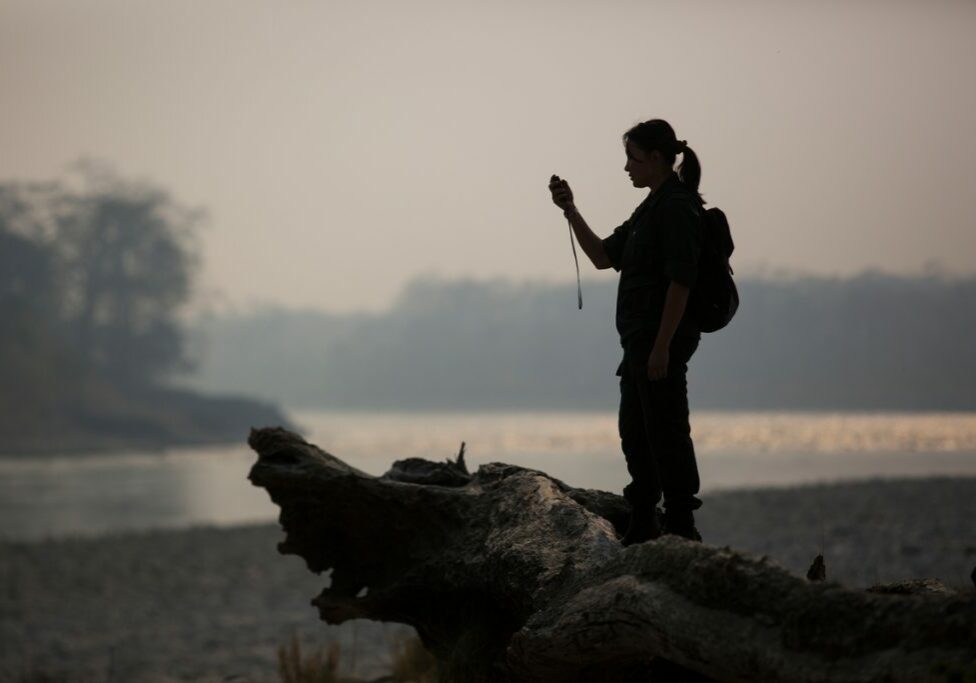
Photo story: protecting tigers in Bhutan
Meet Singye Wangmo, a forestry officer who has dedicated her life to conserving tigers in this Himalayan kingdom
